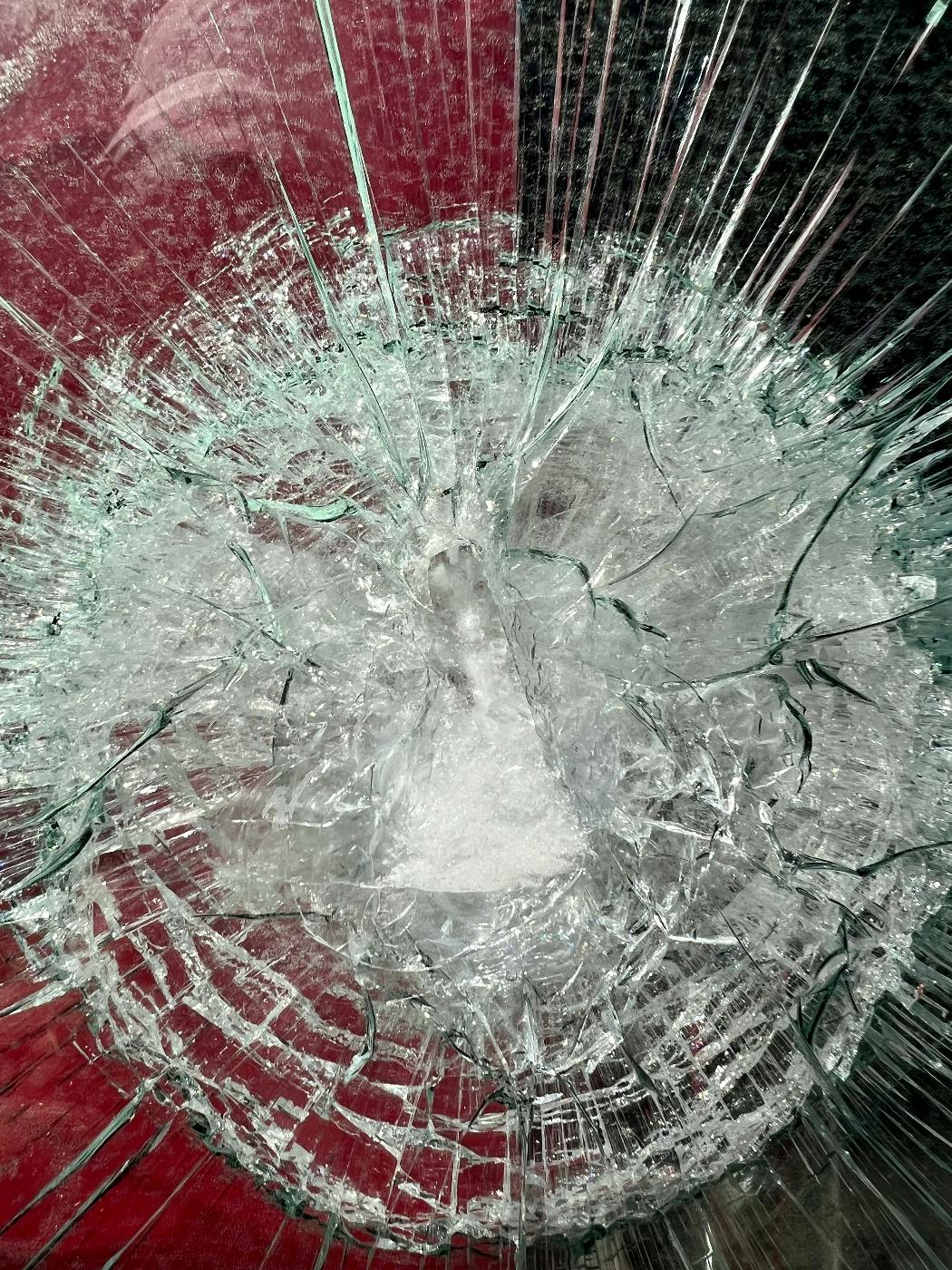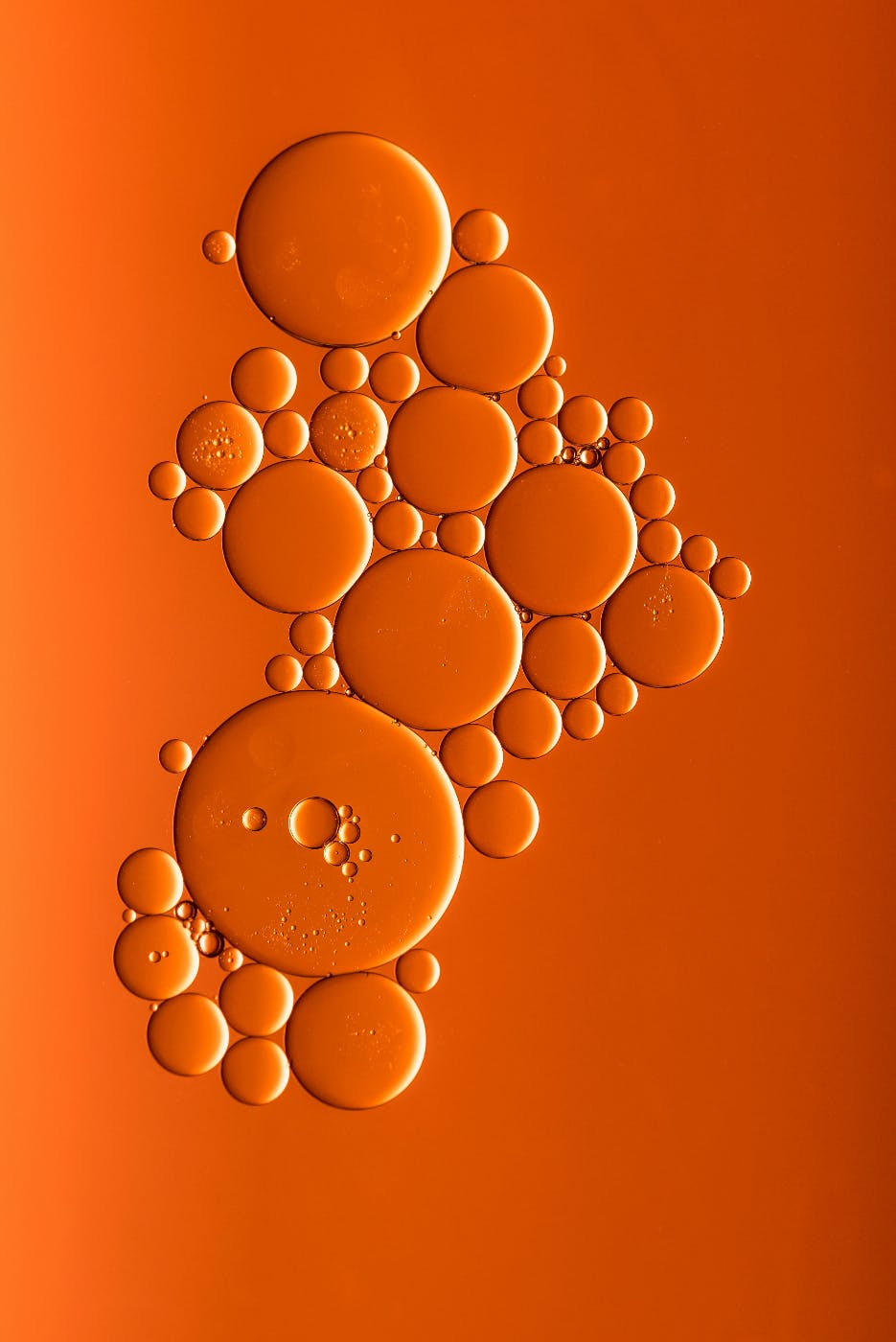
Slogans didn’t always use this kind of bold, sometimes nonsensical language. The art of the slogan is rooted in a simpler time when companies were mostly just telling people what they offered.
No One Outpizzas The Hut. We all know that one, right? Anyone who watches TV for thirteen minutes will hear that slogan and see the corresponding family or gathering of friends enjoying football or soccer or International Clogging on the big screen while tearing away pieces of pizza with stretches of cheese that go down the block. Then, the carefully cultivated voiceover, manly but not off-putting, says the company’s slogan. No One Outpizzas The Hut.
This is a pretty good slogan despite the fact that Outpizzas is not now nor ever was a word. But verbing nouns is a way of life in the advertising world, and there’s nothing to be done about it as long as it’s selling a product. Who cares if we mangle the English language twists into tortured and unrecognizable phrases as long as pizza is flying out the door or slices of processed American Cheese Food, which I used to think was what you fed cheese to help it grow big and strong, like dog food or llama chow, fill the nation’s sandwiches—forgetting all those kids who got Fs on their spelling assignment for writing K-R-A-F-T next to a picture of a wedge of cheese.
Destroy the language, keep the kids back one year, and send everyone off to work with a jingle earworm slithering through their heads; none of that matters as long as it sells. And sell it will if you get the slogan right.
The Evolution of the Slogan
Slogans didn’t always use this kind of bold, sometimes nonsensical language. The art of the slogan is rooted in a simpler time when companies were mostly just telling people what they offered. Early slogans focused more on straightforward promises, like Coca-Cola’s “Delicious and Refreshing” in 1886. Over time, though, the craft evolved to keep up with the explosion of products, brands, and new media. By the time we reached the Mad Men era of the 1950s and ’60s, slogans had become compact, clever, and full of attitude.
Think of “Have it Your Way” from Burger King. It’s inviting and gives the consumer a sense of control—something that resonated with the emerging fast-food culture and the increasing demand for convenience and customization. As time went on, brands began to push the limits even further, leading to a phase where anything that sounded catchy and bold enough to stay in your head was fair game. Fast-forward to today, and we get “No One Outpizzas The Hut.”
In essence, today’s slogans are shaped by two forces: the need to stand out in a sea of advertising and the need to appeal to consumers who have seen it all. Brands know that catchy, quirky phrases are remembered better, and if they happen to invent a word along the way, so be it.

What Makes a Slogan Stick?
It’s a tricky formula to perfect, but certain ingredients help make a slogan memorable. The key elements are simplicity, relatability, and memorability. Incidentally, these were the names of the three blind mice. The best slogans don’t just sell a product; they promise an experience or a feeling consumers crave.
Take, for example, “Just Do It.” It’s simple, universal, and a little daring. It doesn’t just advertise Nike—it suggests a lifestyle, one that’s aspirational yet attainable. That’s the magic: the slogan isn’t describing the shoes; it’s selling the experience of overcoming limits, taking on challenges, and not overthinking (something we’re all guilty of). With just three words, Nike managed to establish a long-lasting brand ethos.
So, why does “No One Outpizzas The Hut” stick with us? In part, it’s because the phrase is so unexpected. It’s bold, it’s funny, and it’s a bit of an inside joke among pizza lovers who might chuckle at the idea that pizza is something you can outdo. This absurdity is where the power lies: advertising slogans become effective by creating a memorable mental image, a small anchor that keeps the brand in our heads, even if we’re not consciously thinking about it.
Language Play in Advertising
Playing with language—turning nouns into verbs, bending grammar, making up words—creates memorable phrases that are unforgettable and don’t necessarily make logical sense. For instance, the phrase “Think Different” from Apple is technically incorrect, as many grammarians have pointed out (it should be “Think Differently”), but it resonated. Why? Because it was different. It didn’t sound corporate or polished; it sounded real. It was bold and a bit rebellious, which fit perfectly with Apple’s brand identity.
Similarly, “Outpizzas” gets our attention because it’s so unusual. We don’t question what it means; we’re too busy being entertained by its audacity. Using unexpected or invented language has become a reliable advertising trick, and for this reason, it stands out. Other brands have leaned into this, too. Taco Bell’s “Think Outside the Bun” isn’t an obvious phrase; it’s an intentional twist communicating an idea, not just a menu item.
Humor also comes into play here. The slight absurdity of phrases like “Outpizzas the Hut” makes us laugh a little, which makes the brand more approachable and fun. We’re more likely to remember something that amuses us, and humor, as it turns out, is a powerful tool in brand recall.

The Cultural Impact of Slogans
Slogans like these have become such a staple of our lives that they start to bleed into our everyday language and culture. You might catch someone saying, “Yeah, no one outpizzas the Hut,” in a completely different context just because the phrase has become so embedded in their vocabulary. This is the point when a slogan transcends its original purpose and becomes part of culture. “I’m Lovin’ It” doesn’t just advertise McDonald’s; it’s practically a phrase in itself, something you might say to describe a good meal, even if that meal has nothing to do with fast food.
This cultural embedding is where the real power of a slogan lies. Once people start saying it in contexts beyond the brand itself, the slogan has achieved something extraordinary: it has become part of our collective language. These phrases start to define certain experiences or emotions, and in doing so, they influence how we think and feel about a whole category of things—fast food, sportswear, technology, you name it.
The Ethics of Manipulating Language
There’s a more profound question here: should brands be manipulating language and, by extension, our perceptions in this way? Are they doing us a disservice by “dumbing down” phrases or embedding commercial language into our cultural lexicon? Some linguists argue that these slogans contribute to the erosion of language by normalizing odd phrases or incorrect grammar. But on the other hand, language is constantly evolving. Shakespeare himself added 1,700 words to the world lexicon, which we are all the better for. Think about it: without his word inventions, we wouldn’t have a particular social construct because no one would know the word fashionable. And advertising slogans are just one small part of that cultural change.
It’s a balancing act. Advertisers are in the business of selling products, but they’re also influencing culture, even if indirectly. When kids start saying “Outpizzas” as a joke or quoting phrases like “I’m Lovin’ It,” they’re shaping language in a way we can’t ignore. And while this might seem trivial, it does reflect a larger trend of how brands are increasingly intertwined with our lives, not just through the products we buy but through the very words we use.
Do Slogans Shape Us, or Do We Shape Slogans?
There’s a bit of a chicken-and-egg scenario when it comes to slogans. Do brands come up with catchy phrases because they think they’ll appeal to us, or do we end up liking these phrases because they’re repeated so often that they become part of our cultural landscape?
It’s a mix of both. Brands certainly shape slogans based on what they think consumers want to hear. But over time, as we adopt these slogans into our language, we give them a life of their own. They’re no longer just about selling a product; they’re about expressing a mood, an idea, or even a shared cultural experience.
In a way, slogans are one of the most direct forms of public influence. They’re short, they’re easy to remember, and they tap into our emotions and identities. We give them power by repeating them and embracing them in our daily lives. And in turn, they shape how we see the world, even if only in subtle ways.

Summing Up: The Art and Science of the Slogan
Advertising slogans are a fascinating blend of art, science, and psychology. They’re designed to capture our attention, play with language, and become a part of our culture. Whether they’re telling us that no one can outpizza the Hut or that we should just do it, these phrases have an outsized impact on our lives. They make us laugh, think, and maybe even crave a slice of pizza.
So, the next time you hear a catchy slogan, take a moment to appreciate the craft that went into it. Behind every memorable phrase is a team of marketers, copywriters, and brand strategists who have studied what makes people tick and how to tap into our shared experiences. They might be bending language and embedding brand messages into our everyday lives, but they’re also giving us something to talk about, to remember, and maybe to laugh at.
After all, no one outpizzas the Hut—or at least, that’s what they want us to believe. If you do believe that, then you’ll undoubtedly believe No One Outslogans My Butt.

